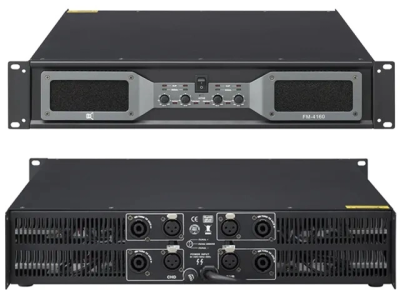
Navigating the complex world of power distribution in a modern data centre can often be a challenging task, especially because of the exponential growth of data as well as the increasing demands placed on the IT infrastructure of any business. Indeed, remaining competitive in the marketplace and ensuring your IT systems are available around the clock is essential if you want to run a successful business while you must implement a well-designed and robust power distribution for your data centre. Furthermore, you must implement a disaster recovery plan that will become active in the event of a problem, while you should continue reading this article if you want to explore the challenges and considerations that are involved in managing power distribution within an IT data centre.
- Ensure sufficient power
- Redundant power supplies
- Load balancing
- Ensure you have enough power
One of the main complexities in relation to IT power distribution in a data centre is the amount of electricity that is required to operate the servers, storage systems and networking equipment that are required to operate a business. Indeed, these types of devices require a stable and reliable power source to ensure uninterrupted operation, while you may want to consider implementing a number of redundant power systems, including a backup generator and uninterruptible power supplies that will become active in the event of a problem.
- Redundant power supplies
The second critical aspect of power distribution in an IT data centre is the presence of redundant power. Moreover, data centres are not able to afford any downtime because they could potentially result in financial losses and damage to the reputation of the businesses that they serve. As a result, implementing a number of redundant power distribution elements, including backup generators and uninterruptible power supplies is essential to ensure continuous power availability in the event of an electrical supply failure.
- Load balancing
Finally, load balancing is the third consideration that is required when navigating the complicated world of power distribution in a modern data centre. Data centres may have various power requirements based on the hardware while proper load balancing across circuits is essential to prevent overloading, which could lead to downtime.
Therefore, to summarise navigating the world of power distribution in a modern data centre requires a considerable amount of planning as well as redundancy and load balancing to ensure continual operation around the clock and reduce the amount of downtime experienced by the facility.











